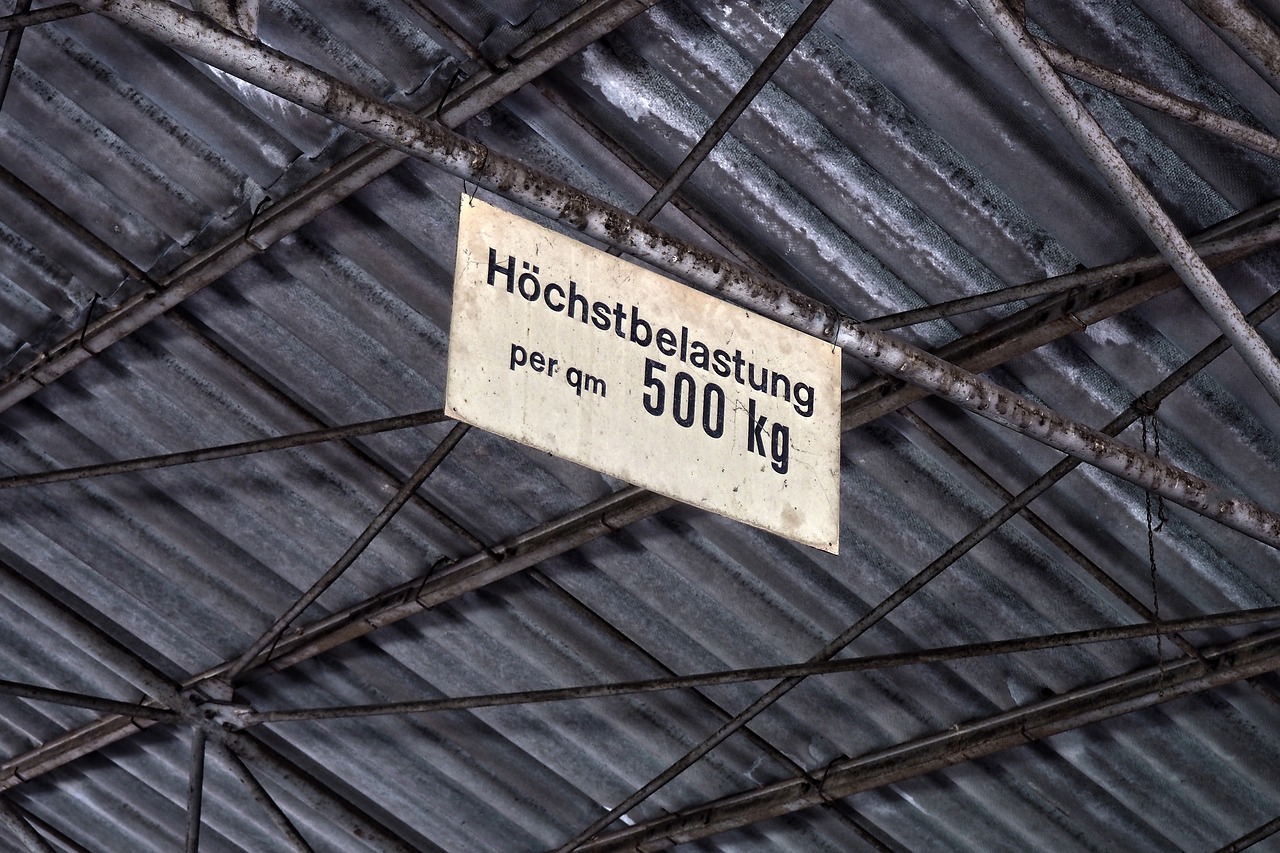Title: The PLC Controller for a 4-story Single Elevator
The PLC controller for a 4-story single elevator is designed to provide efficient and reliable control of the elevator system. The PLC controller receives input signals from various sources, such as buttons on the elevator call panel, floor sensors, and safety devices. It processes these input signals to determine the desired elevator movement, such as up or down, and the desired floor to land on. The PLC controller then sends output signals to the elevator motor, braking system, and other relevant components to achieve the desired movement and landing. The PLC controller also monitors the status of the elevator system, such as the current floor, movement status, and safety devices, to ensure the system is operating properly.
In today's modern buildings, elevators are a crucial component for providing efficient vertical transportation. PLC (Programmable Logic Controller) controllers play a significant role in managing and monitoring the operations of elevators. This article will discuss the specific challenges and solutions related to implementing a PLC controller for a 4-story single elevator.
Firstly, let's consider the basic requirements of a 4-story single elevator. Such an elevator needs to be able to move between floors efficiently, safely, and reliably. This means that the PLC controller must be designed to handle multiple tasks simultaneously, such as controlling the elevator's movement, monitoring its status, and responding to user inputs.
One of the main challenges in designing a PLC controller for a 4-story single elevator is ensuring that the controller can handle the varying load conditions that occur on different floors. For example, if the elevator is carrying heavy loads on higher floors, it may need more power to move those loads down to lower floors. The PLC controller needs to be able to adjust the elevator's operation based on these load conditions to ensure safe and efficient transportation.

Another challenge is related to implementing a user interface that is both intuitive and functional. The PLC controller needs to be able to receive user inputs, such as which floor to go to, and provide feedback on the elevator's status and progress. This interface needs to be designed in a way that is accessible to all users, regardless of their level of technical expertise.
To address these challenges, several key solutions can be implemented in the PLC controller. Firstly, the controller can be designed with multiple algorithms that take into account load conditions and other variables to ensure efficient and safe movement of the elevator. Secondly, the user interface can be made interactive and accessible through the use of touch screens or voice recognition technology. This allows users to easily enter their destination floors and receive timely feedback on the elevator's progress.
Moreover, the PLC controller can also implement energy-saving features to reduce the overall cost of operating the elevator. For instance, it can include a sleep mode that automatically engages when the elevator is not in use for a certain period of time, reducing energy consumption. Additionally, it can implement demand-based ventilation systems that only activate when needed, further reducing energy use.

In conclusion, implementing a PLC controller for a 4-story single elevator presents several challenges related to load management, user interface design, and energy efficiency. However, with careful planning and implementation of key solutions such as multiple algorithms for load management, interactive user interfaces, and energy-saving features, it is possible to create an elevator system that provides efficient, safe, and sustainable transportation for building occupants.
Articles related to the knowledge points of this article:
PLC Programmable Controller Tutorial
Title: Touch Screen PLC Controller: Its Role in Modern Automation Processes